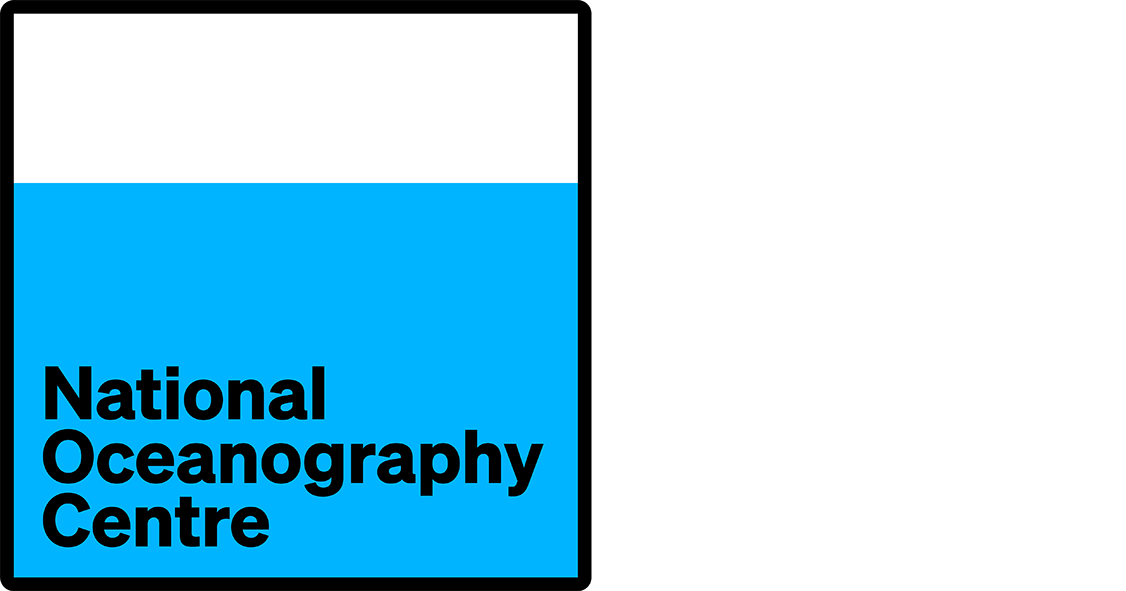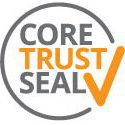Metadata Report for BODC Series Reference Number 177102
Metadata Summary
Problem Reports
Data Access Policy
Narrative Documents
Project Information
Data Activity or Cruise Information
Fixed Station Information
BODC Quality Flags
SeaDataNet Quality Flags
Metadata Summary
Data Description |
|||||||||||||||||||||||||
|
|||||||||||||||||||||||||
Data Identifiers |
|||||||||||||||||||||||||
|
|||||||||||||||||||||||||
Time Co-ordinates(UT) |
|||||||||||||||||||||||||
|
|||||||||||||||||||||||||
Spatial Co-ordinates | |||||||||||||||||||||||||
|
|||||||||||||||||||||||||
Parameters |
|||||||||||||||||||||||||
|
|||||||||||||||||||||||||
|
|||||||||||||||||||||||||
Problem Reports
No Problem Report Found in the Database
Data Access Policy
Public domain data
These data have no specific confidentiality restrictions for users. However, users must acknowledge data sources as it is not ethical to publish data without proper attribution. Any publication or other output resulting from usage of the data should include an acknowledgment.
The recommended acknowledgment is
"This study uses data from the data source/organisation/programme, provided by the British Oceanographic Data Centre and funded by the funding body."
Narrative Documents
Guildline 8770 CTD profiling system and 8709 probe
The Guildline 8770 is a portable ocean profiling system comprising a probe (model 8709), control unit and winch. Three versions of the probe are available: standard, Artic and batfish. The differences between the versions lie in numbers and types of connectors, and the existence of a protective cage (not present in the batfish version). The probe has a nominal drop rate of 1 ms-1 and a pressure rating of 1000 dbar.
The probe includes a resistance thermometer temperature sensor, a strain gauge pressure sensor, a conductivity cell, a temperature-compensated polarographic dissolved oxygen sensor and a combination pH sensor incorporating a glass measuring electrode and a calomel reference electrode. The probe digitises all measurements, and phase encodes and transmits the data to the control unit.
Specifications
| Parameter | Range | Accuracy (180 days) | Display Resolution | Response time |
|---|---|---|---|---|
| Depth | 0 to 1000 dbar | Linearity: ± 0.5% Hysteresis: ± 0.25% Zero offset: ± 1% Sensitivity error: ± 1% | 0.1 dbar | < 1 msec |
| Temperature | -3 to 38.99°C | ± 0.02°C | 0.01°C | 60 msec |
| Conductivity ratio | 0.001 to 1.6 | ± 0.0004 | 0.0002 | 60 msec |
| Salinity (calculated) | 0.1 to 40 ppt | ± 0.04 ppt | 0.01 ppt | |
| pH | 6 to 9 2 to 12 | ± 0.05 ± 0.1 | 0.01 | 30 sec to 90% for pH 6 or 10°C change |
| Dissolved Oxygen (calculated) | 0 to 15 ppm | ± 0.5 ppm (for 90 days) | 0.01 ppm | 5 sec to 90% for a change in oxygen only 3 min to 50% for a 10°C change in temperature 10 min to 90% for a 10°C change in temperature |
Further details can be found in the manufacturer's specification sheet.
RV Cirolana 9/86 CTD Data Documentation
Introduction
Documentation for CTD data collected on R.V. Cirolana Cruise 9/86 (November 1986) by the Ministry of Agriculture, Fisheries and Food, Fisheries Laboratory, Lowestoft, Suffolk, UK, under the direction of K. Medler.
Instrumentation
The instrument used was a Guildline Model 8770 CTD. The system consisted of a probe and control unit which measured (or calculated) pressure, conductivity ratio, temperature and salinity. The conductivity sensor was an electrode mounted in pyrex glass, the pressure sensor was a strain gauge element in a four arm resistance bridge network and the temperature sensor was a copper resistance element in a stainless steel tube. The probe electronically measured the parameters and sent the data to the control unit after digitising the results.
The control unit converted the data to binary format, displayed the results, had analog output for chart recording and allowed the data to be recorded on audio cassette. This latter facility was usually a precaution against information loss since data were logged (at 1 sample per second) on either a Hewlett Packard mini computer or an Apricot microcomputer. Salinity was calculated by a microprocessor within the system. The algorithm used was not that for the Practical Salinity Scale, but gave comparable results.
The CTD was mounted on a General Oceanics multisampler fitted with Niskin bottles. This enabled the data to be logged whilst the water sample was being collected. Attaching thermometers to the Niskin bottles allowed comparison to be made between reversing thermometers and the CTD temperature sensor. An altimeter had been fitted to the multisampler. This allowed a comparison to be made with the pressure sensor.
Calibration
Pressure
The pressure sensor was corrected after calibration with a dead weight tester.
Temperature
The temperature sensor was corrected after laboratory calibration with platinum resistance thermometers. The platinum resistance thermometers were set by a triple point cell calibrated at the National Physical Laboratory.
Salinity
The calculated salinity was corrected after comparison with the salinity of water samples collected during the cruise. In addition, a precision decade box was used to check the conductivity sensor.
Data Processing
Data are logged every one second. Since the lowering rate is usually less than one metre per second, values are often recorded at between 0.2 and 0.4 decibar intervals. These data have not been averaged, however they have been plotted to identify spurious readings. Estimates of density were also used to help identify suspect values, but in view of the limited accuracy of the instrument and because the water column is well mixed it is inevitable that some density inversions will exist in the data.
Project Information
No Project Information held for the Series
Data Activity or Cruise Information
Cruise
| Cruise Name | CIR9/86 |
| Departure Date | 1986-11-03 |
| Arrival Date | 1986-11-23 |
| Principal Scientist(s) | Dennis S Woodhead (Ministry of Agriculture, Fisheries and Food Lowestoft Fisheries Laboratory) |
| Ship | RV Cirolana |
Complete Cruise Metadata Report is available here
Fixed Station Information
No Fixed Station Information held for the Series
BODC Quality Control Flags
The following single character qualifying flags may be associated with one or more individual parameters with a data cycle:
| Flag | Description |
|---|---|
| Blank | Unqualified |
| < | Below detection limit |
| > | In excess of quoted value |
| A | Taxonomic flag for affinis (aff.) |
| B | Beginning of CTD Down/Up Cast |
| C | Taxonomic flag for confer (cf.) |
| D | Thermometric depth |
| E | End of CTD Down/Up Cast |
| G | Non-taxonomic biological characteristic uncertainty |
| H | Extrapolated value |
| I | Taxonomic flag for single species (sp.) |
| K | Improbable value - unknown quality control source |
| L | Improbable value - originator's quality control |
| M | Improbable value - BODC quality control |
| N | Null value |
| O | Improbable value - user quality control |
| P | Trace/calm |
| Q | Indeterminate |
| R | Replacement value |
| S | Estimated value |
| T | Interpolated value |
| U | Uncalibrated |
| W | Control value |
| X | Excessive difference |
SeaDataNet Quality Control Flags
The following single character qualifying flags may be associated with one or more individual parameters with a data cycle:
| Flag | Description |
|---|---|
| 0 | no quality control |
| 1 | good value |
| 2 | probably good value |
| 3 | probably bad value |
| 4 | bad value |
| 5 | changed value |
| 6 | value below detection |
| 7 | value in excess |
| 8 | interpolated value |
| 9 | missing value |
| A | value phenomenon uncertain |
| B | nominal value |
| Q | value below limit of quantification |

